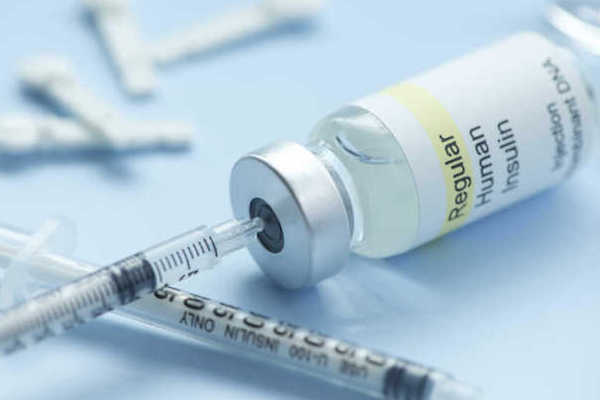
Kidney Week 2020
Magnesium has been implicated in the regulation of blood pressure. Due to decreased intestinal absorption, impaired renal handling, and use of diuretics, patients with chronic kidney disease (CKD) and end-stage kidney disease commonly have abnormalities in serum magnesium. There are few studies on the association of serum magnesium and blood pressure, and the association of serum magnesium with the risk of developing hypertension is unclear.
Simon Correa, MD, MMSc, and colleagues conducted an analysis of data from the CRIC (Chronic Renal Insufficiency Cohort) study. Results of the analysis were reported during a virtual poster session at ASN Kidney Week 2020 in a poster titled Serum Magnesium, Blood Pressure, and Risk of Hypertension: Insights from the Chronic Renal Insufficiency Cohort (CRIC) Study.
The association of serum magnesium with systolic and diastolic blood pressure was assessed using adjusted linear regression models, as was the association of baseline serum magnesium and baseline hypertension. Hypertension was defined in the CRIC study as systolic blood pressure ≥140 or diastolic blood pressure ≥90 or use of anti-hypertension medication; the American Heart Association (AHA) defined hypertension as systolic blood pressure ≥130 or diastolic blood pressure ≥80 or use of anti-hypertension medication. The analysis also examined the association of baseline serum magnesium and suboptimally controlled blood pressure (systolic blood pressure ≥120 or diastolic blood pressure ≥80).
Adjusted Cox proportional hazard models stratified by clinical site were used to assess the association of baseline serum magnesium with incident hypertension. All models were adjusted for demographic characteristics, cardiovascular comorbidities, estimated glomerular filtration rate, proteinuria, serum albumin, fibroblast growth factor 23, calcium, phosphate, total parathyroid hormone, sodium, potassium, urine sodium, and urine potassium.
Median serum magnesium was 2.0 mEq/L (25th to 75th percentile range, 1.9 to 2.1 mEq/L). There was an association between higher baseline serum magnesium and lower systolic blood pressure (–2.63 mmHg, 95% confidence interval [CI], –5.01 to –0.25, per 1 mEq/L) and lower diastolic blood pressure (–2.75 mmHg; 95% CI, –4.26 to –1.34, per 1 mEq/L).
There was an association between higher serum magnesium and lower risk of AHA-defined hypertension at baseline (adjusted odds ratio [aOR], 0.25; 95% CI, 0.12-0.55, per 1 mEq/L), and a lower risk of sub-optimally controlled blood pressure (aOR, 0.22; 95% CI, 0.10-0.53, per 1 mEq/L). There was no association between higher serum magnesium and higher risk of CRIC-defined hypertension (aOR, 0.77; 95% CI, 0.50-1.20, per 1 mEq/L).
In time-to-event analyses, there was an association between higher baseline serum magnesium and a numerically lower risk of incident CRIC-defined hypertension (adjusted hazard ratio, 0.68; 95% CI, 0.40-1.13, per 1 mEq/L).
“Higher serum magnesium is associated with lower systolic blood pressure, lower diastolic blood pressure, and a nominally lower risk of incident hypertension. Monitoring and optimal control of serum magnesium should be considered in patients with CKD for improved blood pressure control,” the researchers said.
Source: Correa S, Guerra Torres XE, Waikar SS, McCausland FR. Serum magnesium, blood pressure, and risk of hypertension: Insights from the Chronic Renal Insufficiency Cohort (CRIC) Study. Abstract of a poster presented at the American Society of Nephrology virtual Kidney Week 2020 (Abstract PO2072), October 22, 2020.
Credit: Original article published here.








